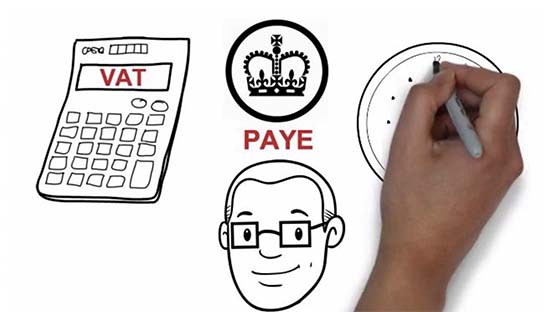Whether you are an individual or a fund manager, it is vital that you look to invest any capital funds across asset classes to minimise risk.
Although the amount invested in each pot varies in jurisdictions around the world, a useful guide to asset classes is provided by the British government.
Traditionally these asset classes are cash, shares, property and fixed-interest securities often known as bonds. In recent years, however, a fifth class has been added: commodities.
Spreading investment, known as diversification, helps to minimise risk in a portfolio. Many financial advisers will use IFA software to achieve a diverse portfolio.
This is sometimes known as automatic asset allocation, made up of the following asset classes.
Cash
This is the safest asset class, and it is sensible to hold part of your investment in assets such as cash ISAs. There is less risk here, and other classes may perform better, or worse.
 Shares
Shares
Shares, or equities, are familiar to most investors. A high-risk portfolio will hold a high proportion of shares, but markets go up and down and can be volatile.
Property
Risk can be reduced by this asset class. The investment may be in bricks and mortar such as buy-to-let domestic or commercial property. Otherwise many funds invest in property development companies.
Bonds
Bonds are another safe asset. Government or commercial bonds may not make the same profits as shares, but their low-interest returns are more secure and are normally fixed-term.
Commodities
This is probably the widest asset class, with a huge variety of opportunities around the world. These range from oil, gas and minerals to gold and agricultural products such as coffee. The value of this class depends on demand and can be affected by currency fluctuation – again, the risk can be high.
Clearly, a balanced portfolio aims to check and balance the degrees of risk and volatility which these asset classes represent. The lower the risk, the lower the potential return, and vice versa.
There are no hard and fast rules as to how much of your fund you should hold in each asset class, but the key to a successful portfolio is to balance risk. Investors may wish to consider how flexible their portfolio is and how easy it is to switch between classes.


 Shares
Shares